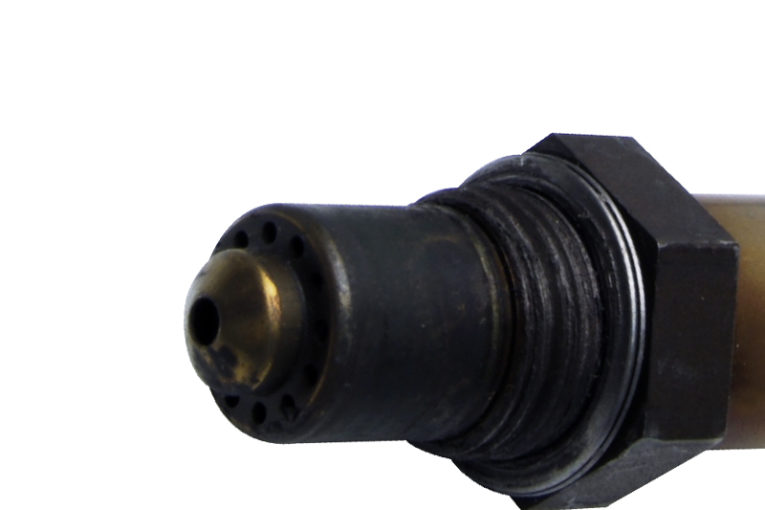
First fitted to passenger cars in the 1970s to improve the engine’s combustion efficiency and reduce exhaust emissions, the lambda sensor is now a key component within the engine management system. But what are the visual symptoms of failure? Elta Automotive tells all.
In order to operate efficiently, an internal combustion engine requires the correct ratio of air and fuel in its cylinders during the combustion process, with the ideal – known as lambda – being 14.7 parts air to one part fuel for a petrol engine and 14.5:1 for a diesel. Lambda sensors operate by measuring the amount of oxygen in the exhaust, to allow the engine management system to make the necessary adjustments to remain as close as possible to the ideal ratio.
These measurements have now become so precise that many vehicles feature several lambda sensors situated in the exhaust system, both before and after the catalytic converter. As global emissions standards have become ever more stringent, the variety and complexity of lambda sensors has increased accordingly and now includes zirconia, titanium, planar and wideband.
Causes of failure
The lifespan tends to be 45,000 miles for an unheated sensor, whereas a heated sensor can typically last closer to 100,000 miles, so many will simply fail due to age. However, vibration or damage to the heater element, connectors and/or wires could be a cause of premature failure. Other less obvious reasons can be identified by examining the visual appearance of the failed sensor.
A guide to visual symptoms and possible causes
ANTIFREEZE CONTAMINATION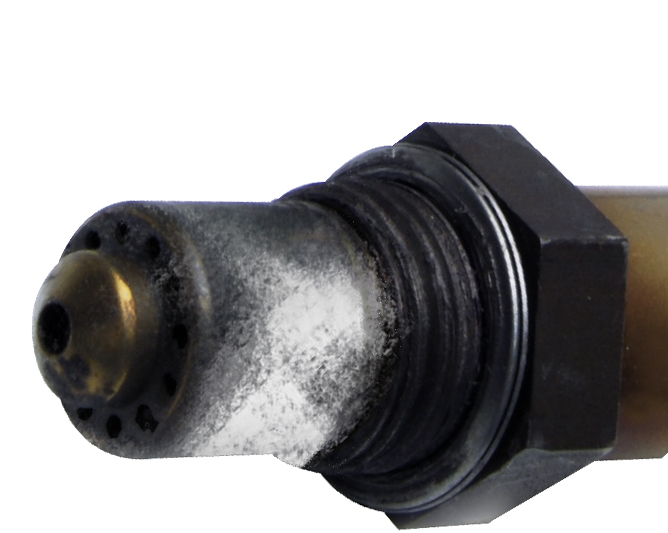
Visual signs – The sensor nose will have a grainy white/light grey coating.
The cause – Coolant with anti-freeze may have affected the combustion process and reached the lambda sensor.
The solution – Check the head gasket for leaks and repair if required.
ENGINE ADDITIVE CONTAMINATION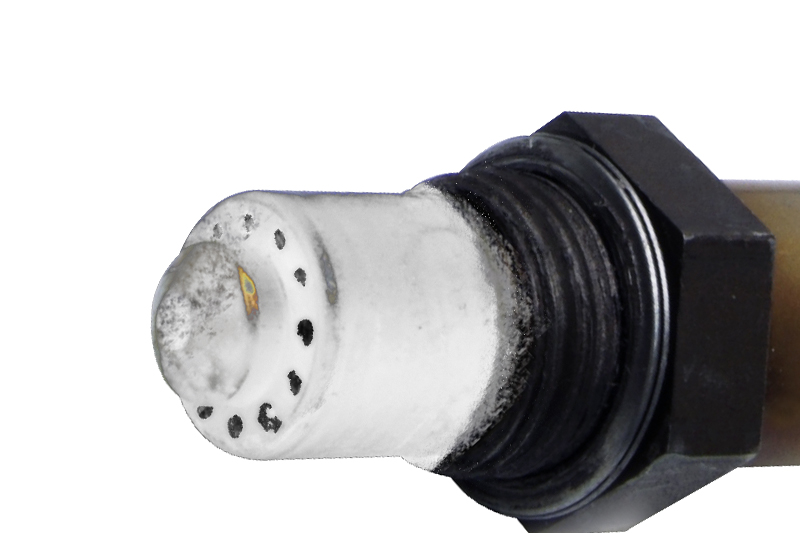
Visual signs – The sensor nose will be contaminated with white or red deposits.
The cause – Excessive use of an engine or fuel additive can contaminate or block the lambda sensor.
The solution – Cleaning the fuel system prior to replacement.
OIL CONTAMINATION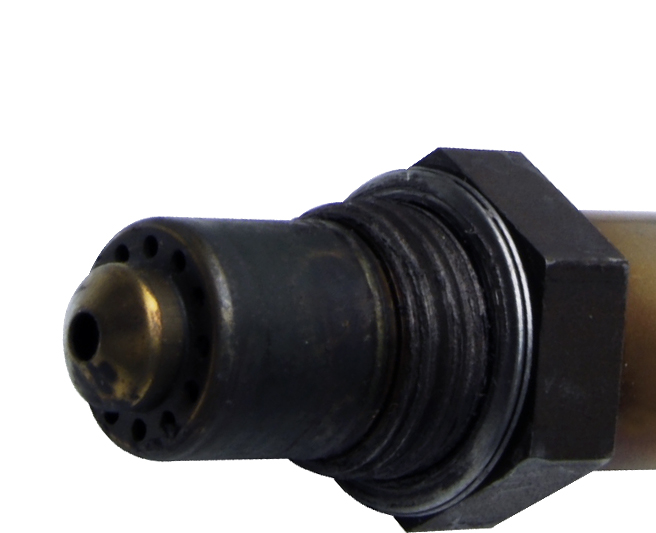
Visual signs – Oily black deposits left on the sensor nose.
The cause – The vehicle may be burning excessive oil.
The solution – Prior to sensor replacement, thoroughly check the engine for leaks, including the usual seals that are prone to failure.
FUEL CONTAMINATION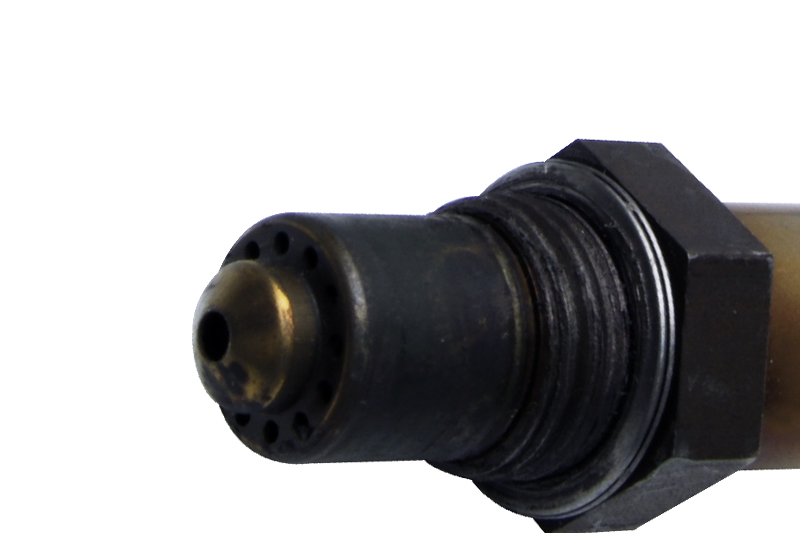
Visual signs – Black soot on the sensor nose.
The cause – A damaged sensor or fault in the fuel system can result in a high air to fuel ratio, producing black soot.
The solution – Measure exhaust gases to ensure the fuel system is working. Check the sensor heater control and sensor heater.
LEAD CONTAMINATION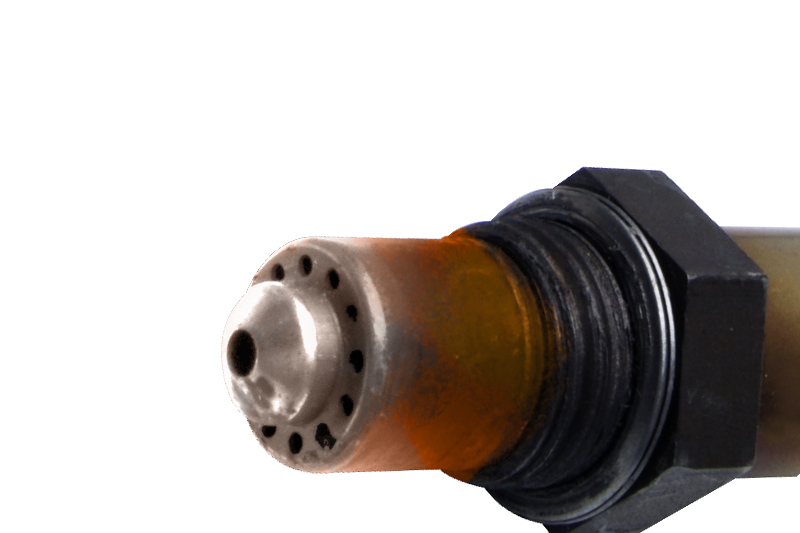
Visual signs – The sensor nose is contaminated with shiny grey deposits.
The cause – Now far less common, but usually caused by leaded fuel attacking platinum parts or the sensor.
The solution – Replace any leaded fuel in the system before fitting the replacement sensor.
Under its VXPRO brand, Elta Automotive offers a comprehensive engine management programme, which naturally contains a full range of original equipment specification lambda sensors.









